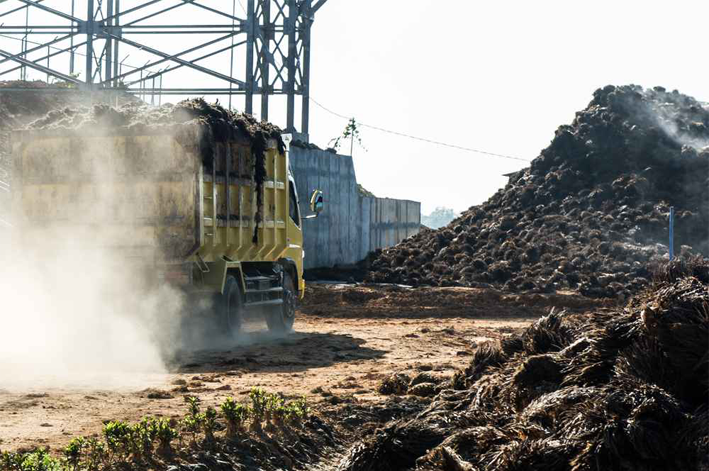The Science 1
What the Master Planter sees.
Take the first steps to learning the basics of Earth to Earth Oil Palm Production for the 21st century.

The Master Planter knows that all that comes from the soil, belongs back in the soil. Bioremediation can be defined as any process that uses microorganisms or their enzymes to return the environment altered by contaminants to its original condition.
While it takes thousands of years for the Earth’s forces to build good soil, you can help do this in 5 – 10 years by adding compost which adds microorganisms, arthropods, worms, and humus to the soil. The word “compost” comes from Latin where it meant “to put together.”
This is what we do when we compost. We put together the correct amounts of compostable materials to make a great soil amendment.

For centuries, farmers have made and used compost to improve soil. Composting is part of the Earth’s biological cycle of growth and decay. Energy from the sun, carbon dioxide from the air, and nutrients from water and soil make plants grow. When they die and decompose through a complex process involving microorganisms such as fungi, bacteria, insects, mites and worms, the nutrients go back into the soil and carbon dioxide back into the air. The humus remaining from this decay process provides soil with organic matter that can hold water and nutrients in the soil, making it easier to till. In Palm Oil production, that means you take the oil and return everything else to the earth.

Microorganisms that perform the function of bioremediation are known as bioremediators. Microbes are ever-present in any given context and are generally referred to as "normal microbial flora". During bioremediation (biodegradation) processes, nutrient supplementation is introduced to their environments in efforts to maximize growth and production potential.